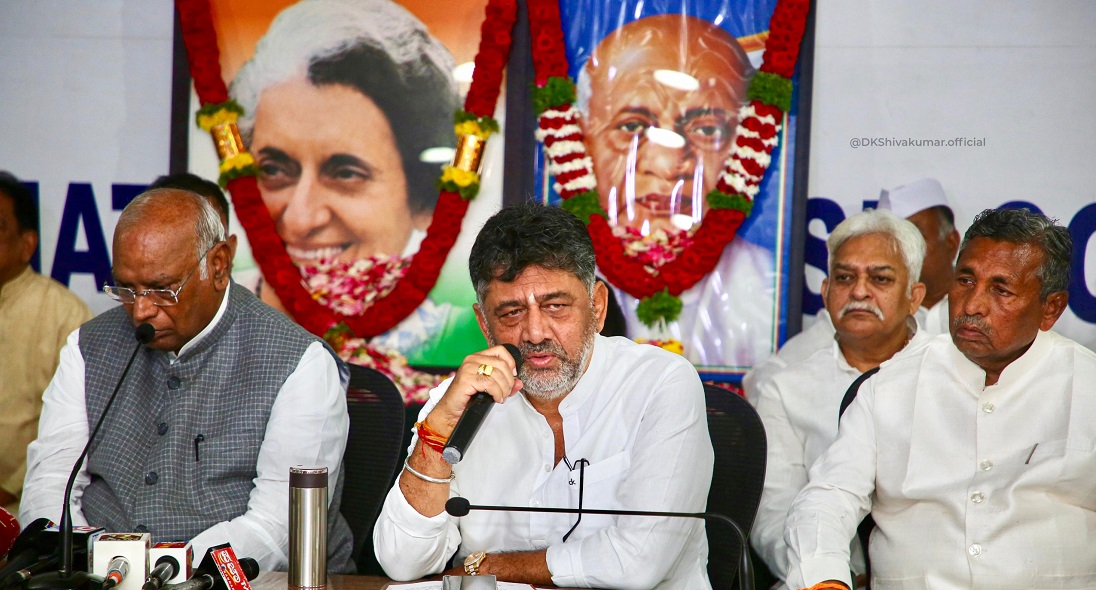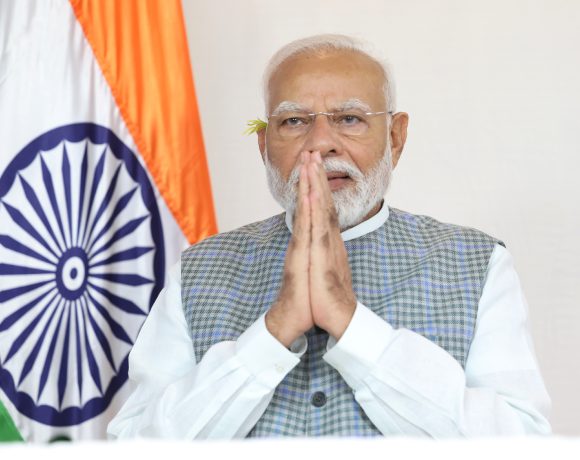
Karnataka May Adjust ‘Shakti Scheme’ After Public Feedback
Karnataka Deputy Chief Minister DK Shivakumar hinted at potential adjustments to the state’s Shakti scheme, which offers free bus travel for women statewide.
Speaking after the launch of KSRTC’s upgraded Airavata Club Class 2.0 buses on October 30, Shivakumar noted that some women have expressed a preference to pay for their tickets, prompting the government to re-evaluate aspects of the scheme.
“Many women have been reaching out on social media and through emails, expressing that they would prefer to pay for their tickets,” Shivakumar shared, indicating the government’s willingness to consider such feedback. He further stated, “I will discuss this with Transport Minister Ramalinga Reddy and assess how we can proceed.” This feedback aligns with the government’s broader objective of refining its free transport policies to meet the evolving needs of citizens.
KSRTC Expands Fleet and Services
Shivakumar highlighted KSRTC’s growth and development over the years. “When KSRTC began, we only had 120 buses. Today, we operate 24,282 buses. In our tenure, we promised 6,200 new buses, and 3,400 have already joined the fleet,” he remarked. As part of its expansion, KSRTC has begun hiring 9,000 new drivers and conductors, including 1,000 employees hired on compassionate grounds for families affected by work-related tragedies.
He also mentioned the government’s support for bereaved families of employees killed on duty, offering Rs 1 crore in compensation.
Focus on Public Service Over Profit
Emphasizing KSRTC’s service-oriented approach, Shivakumar stated, “KSRTC isn’t about making money; it’s a public service, and a well-run KSRTC brings goodwill to the government.” He further detailed recent cost-saving measures, including partnerships with private players to secure fuel at reduced rates, thus helping to lower operational expenses.
The government’s openness to revisiting the Shakti scheme based on public input reflects its commitment to balancing welfare initiatives with practical feedback from citizens.


















